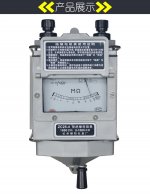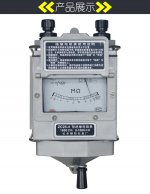Sparkyette
Member
- Location
- Washington State
- Occupation
- Electrician
During commissioning of a data center a TILT test was performed on five separate transformers being fed from their own generators. Each test indicated a short between A and C phase. The test itself was physically performed at the line side bussing inside of the building. There are eleven parallel feeds for each phase and ground. There is no neutral. This was my first experience on commissioning and my first experience using the TILT meter. After reading their literature and after conducting an online search for an explanation I am reaching out to this forum. The readings cannot be a coincidence. Any thoughts or explanations?




